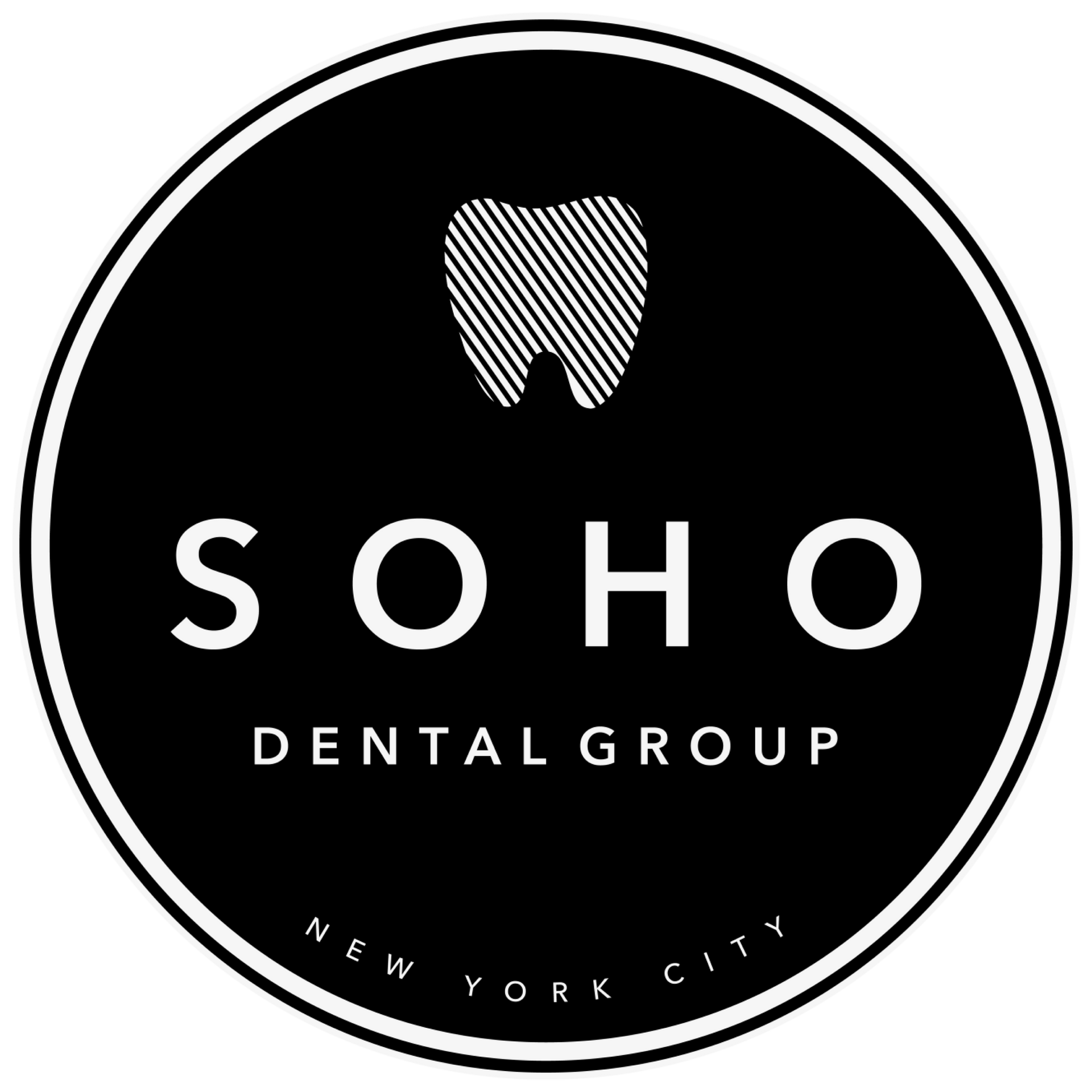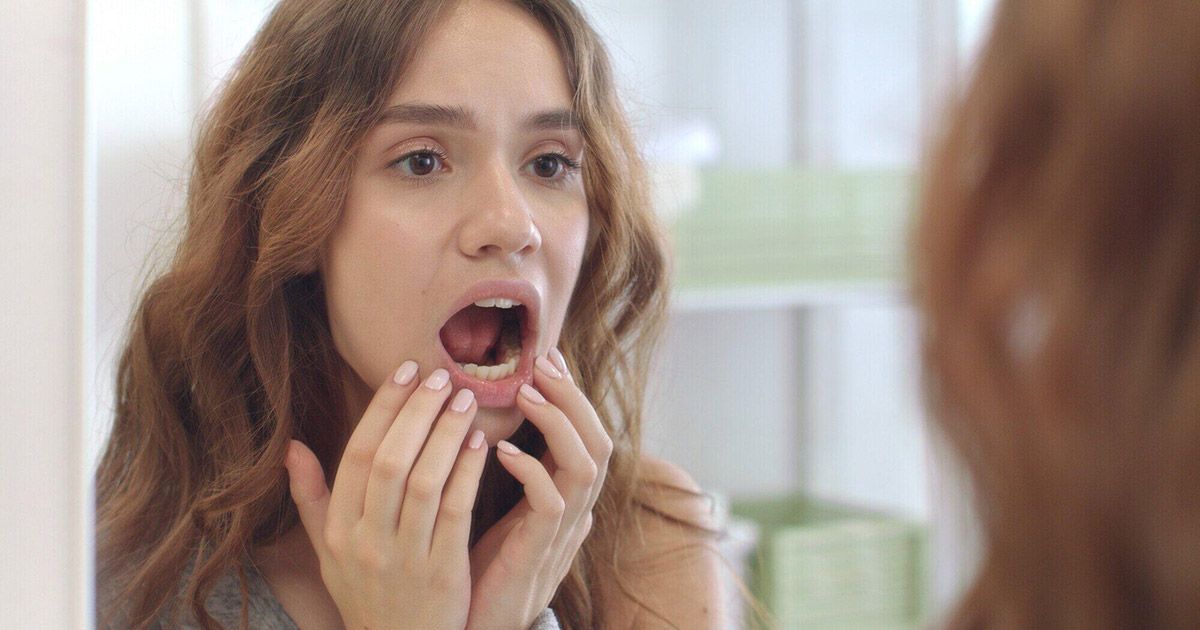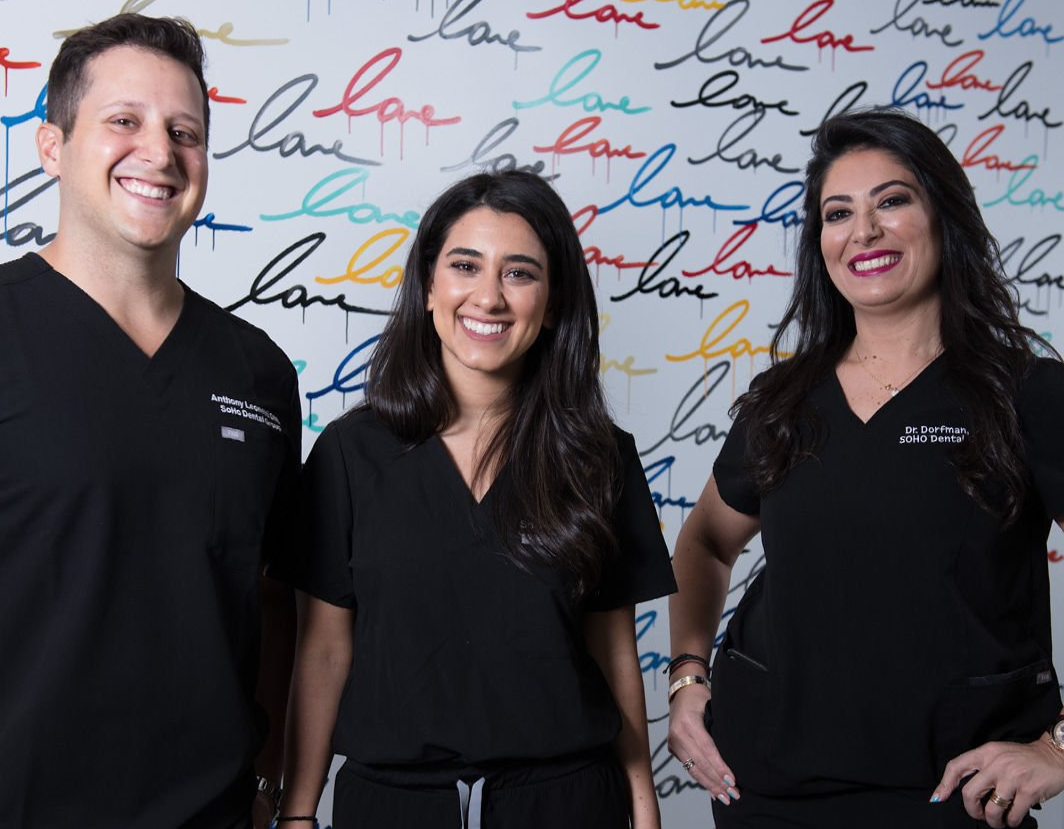Overbites, Underbites, and Crossbites: Understanding Common Malocclusions
Learn about overbites, underbites, and crossbites in this dental guide, plus discover various options to treat common malocclusions (available at our office).
Crooked teeth are among the most common cosmetic dental complaints in the world. Nine out of ten Americans have at least some misalignment in their mouths thanks to our overcrowded modern jaws.
However, what if you're dealing with something beyond crooked teeth? If your upper and lower teeth don't align when you bite down, you may have more problems to worry about.
Overbite, crossbite, and underbite are common malocclusions that can complicate anyone's orthodontic treatment. While you may have heard these terms before, you may not realize they could apply to your mouth!
If you're not sure whether these conditions affect your smile, visiting a dentist in New York, NY can help you get treatment. In the meantime, here's what to know about overbite, underbite, and crossbite.
What Is an Overbite?
Also called a "deep bite," an overbite is when the top teeth stick out over the lower teeth.
This isn't always a problem, as a slight overbite is common and healthy. However, more extreme overbites can become a problem. This type of malocclusion is the most common bite problem we treat here at SoHo Dental Group.
Causes of Overbite
Overbites can happen for several reasons. For most patients, they happen because the jaw is underdeveloped, especially during childhood.
This can sometimes be hereditary. However, it can also happen due to bad dental habits like thumb sucking, nail biting, and teeth grinding. Temporomandibular joint disorders (TMD) may also play a role.
Overbite Complications
In some cases, an overbite isn't just a spacing issue. The abnormal positioning of extreme overbites can damage the teeth and worsen TMD. This can lead to headaches, jaw pain, and discomfort.
Without
straightening treatments like Invisalign, patients with overbite may struggle with self-esteem issues.
What Is an Underbite?
An underbite is the reverse of an overbite. In this case, the lower jaw protrudes past the upper jaw.
While some patients might get by without treatment for mild cases, overbites can cause frustrating problems later in life.
Causes of Underbite
Like overbite, underbite can be genetic, or it can stem from early childhood habits. Thumb sucking and lengthy pacifier use are common culprits. Pushing on the teeth with the tongue can also cause this problem.
Sometimes, trauma to the jaw can cause an underbite as well. In rare cases, tumors may cause this type of protrusion.
Underbite Complications
Underbite causes some of the same dental problems as overbite. Patients might notice a strain in the teeth and jaw when speaking or chewing. This strain can lead to TMD and all its symptoms, including headaches, joint pain, and earaches.
What Is Crossbite?
With crossbite, the top and bottom teeth don't come together as they should. Sometimes, one or more teeth overlap. For example, some of the top teeth, but not all, will sit inside of the bottom teeth.
Crossbite can happen in the front teeth or back teeth.
Causes of Crossbite
Crossbite can happen due to poor alignment of the teeth, jaw, or both. This may be genetic, or it may be the result of delayed tooth growth.
As with the cases above, crossbite can happen because of bad early habits. If pacifier or finger sucking pushes certain teeth forward, for example, crossbite may occur.
Overcrowding and abnormally shaped teeth may make crossbite more likely to occur. Patients with extra teeth may be more likely to develop crossbite.
Crossbite Complications
Crossbite can sometimes lead to TMJ pain and its associated symptoms. Depending on their placements, protruding teeth may irritate the inside of the cheeks. Crossbite patients may be more likely to experience gum recession and gum disease.
Fixing These Common Malocclusions
With all of these disorders, it's important to get treatment fast. All of these bite problems can impact jaw development and facial structure if left unchecked.
There are several ways of treating malocclusions like these:
Invisalign
For teens and adults, Invisalign's discreet aligners are often the preferred treatment. This is often best for overbite as well as milder underbite or crossbite issues.
Traditional Braces
In some cases, metal braces may be better at treating bite issues. Due to the strength of the stainless steel brackets, braces can sometimes deliver faster and more effective results than Invisalign. This is especially true with more severe bite issues.
Shaving or Removing Teeth
When overcrowding is an issue, your dentist might recommend removing any extra teeth. This can help make future straightening treatments easier, and it may even make it easier to clean your custom aligners and your teeth.
If the size of your teeth is a problem, your dentist may use a special device to shave them down, preventing them from sticking out so far.
Palate Extender
A palate extender is a small metal device your dentist can use to widen multiple teeth in the upper jaw. This is a common treatment with crossbite, as the goal is to ensure that all of the upper teeth are aligned with the lower ones.
Reverse Pull Headgear
This is a device that attaches to your face or head with a strap and helps realign the teeth. Though these dental appliances aren't as common as they used to be, they're helpful for severe malocclusion. Often, your dentist will recommend starting Invisalign or another straightening treatment while you're wearing the headgear.
Jaw Surgery
In some cases, bite issues happen due to problems with the jawbone's development, not the teeth. Jaw surgery allows a surgeon to reshape the jaw, ensuring proper alignment. After surgery, you may still need to
ask your dentist about straightening treatments like Invisalign to address your dental issues.
See a Trusted Dentist in New York, NY
If you've been asking yourself, "What is an overbite?" we hope this post has answered your questions! The common malocclusions above can be frustrating to deal with, but they're also easy for an experienced dentist in New York, NY to treat.
Whether you have crossbite, overbite, or underbite, choose the team at SoHo Dental Group to help! We're proud to offer a range of orthodontic treatments, from Invisalign to braces, to ensure that every patient achieves the confident smile of their dreams. To see why we're the trusted team throughout the New York area,
contact our multilingual clinic today.



